Pompeii: The Roman City Buried In Volcanic Ash
Located at the base of the volcano Mount Vesuvius, near what is now modern-day Naples, Pompeii was a thriving ancient Roman city. Under the Romans, it underwent serious urban redevelopment which included an amphitheater, swimming pool, aqueducts, public baths, and countless private establishments.
With fertile agriculture in the area, Pompeii was also home to a relatively large population. However, in 79 AD, Mount Vesuvius erupted, burying Pompeii under up to 20 feet of volcanic ash, preserving much of the city and its deceased citizens. The city was eventually rediscovered and is now considered a UNESCO Heritage Site. Let’s explore are some fascinating facts about Pompeii both before and after the eruption of Vesuvius.
The Eruption Took Place Over Two Days
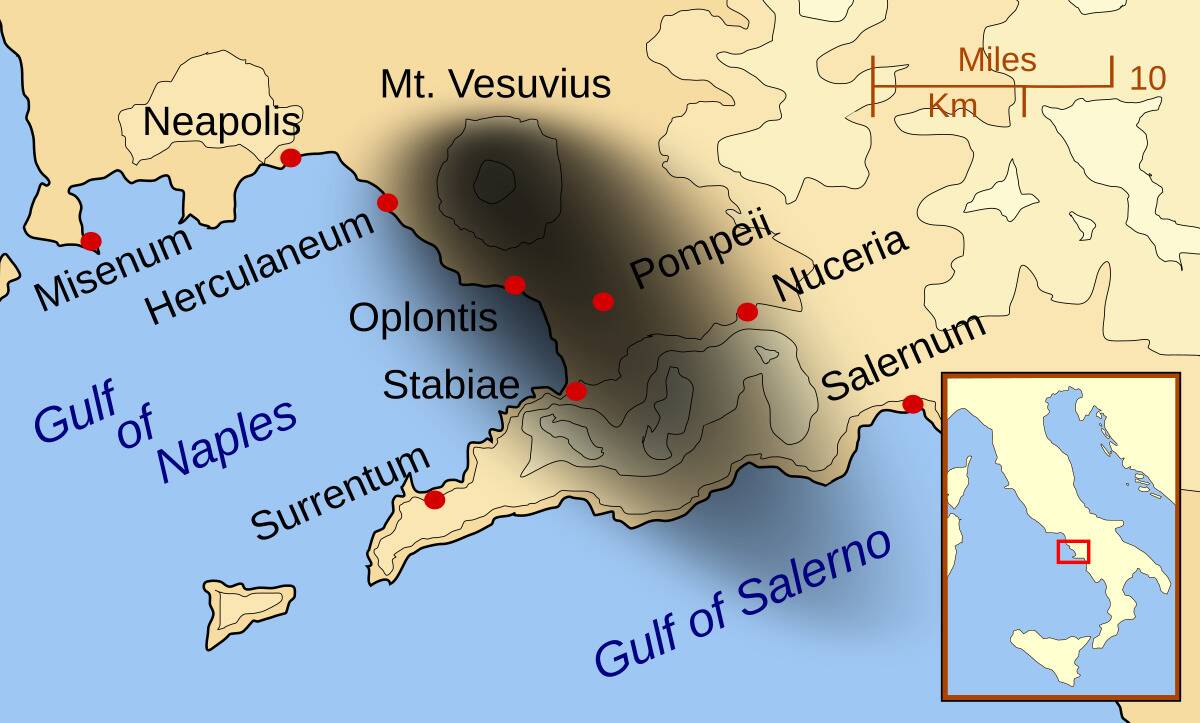
Volcanic eruptions can occur in fits and starts, and that appears to have been the case when Mount Vesuvius erupted in AD 79. The initial phase of the eruption began with a massive column of ash and pumice shooting into the sky.
The following day, a series of deadly pyroclastic surges — essentially fast-moving clouds of hot gas and volcanic matter — rushed down the mountain’s slopes, killing those who hadn’t already been suffocated by the initial eruption.
The Wind Was A Misfortune
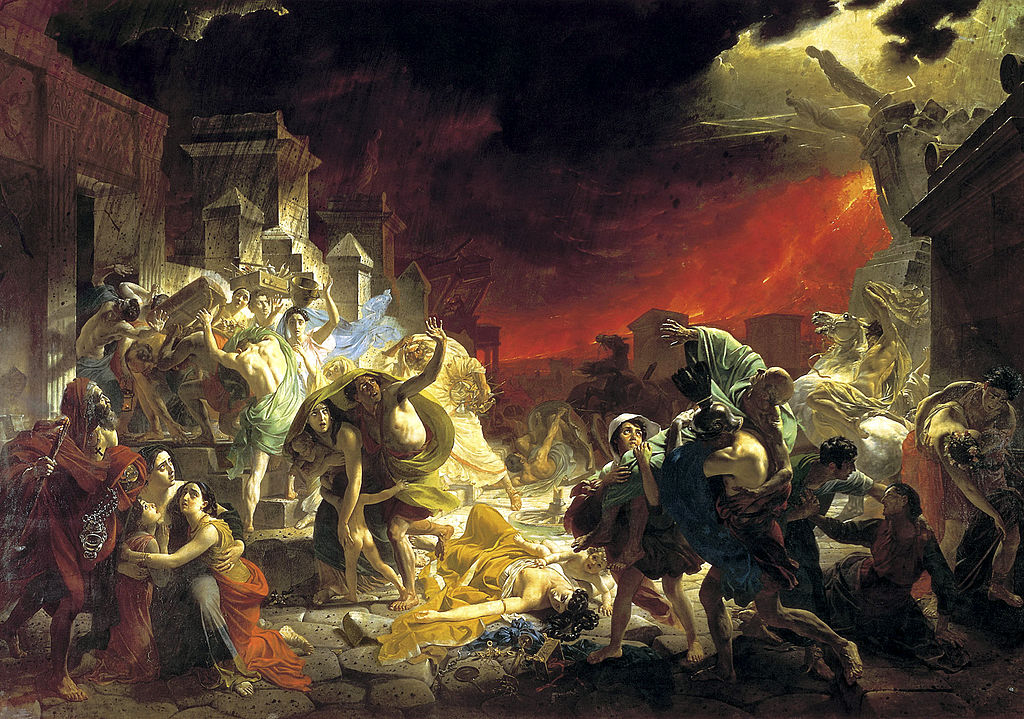
Unfortunately, had the eruption taken place on a different day, there’s a greater chance that most of the city’s citizens would have been able to get out alive before its doom. This is due to the direction of the wind.
Usually, the wind in Pompeii blows in a southwesterly direction. If that had been the case, it would have blown the ash column out over the Bay of Naples. Yet, on that day, the wind was blowing unusually in a northeasterly direction, sending volcanic ash directly over Pompeii.
The City Was Looted
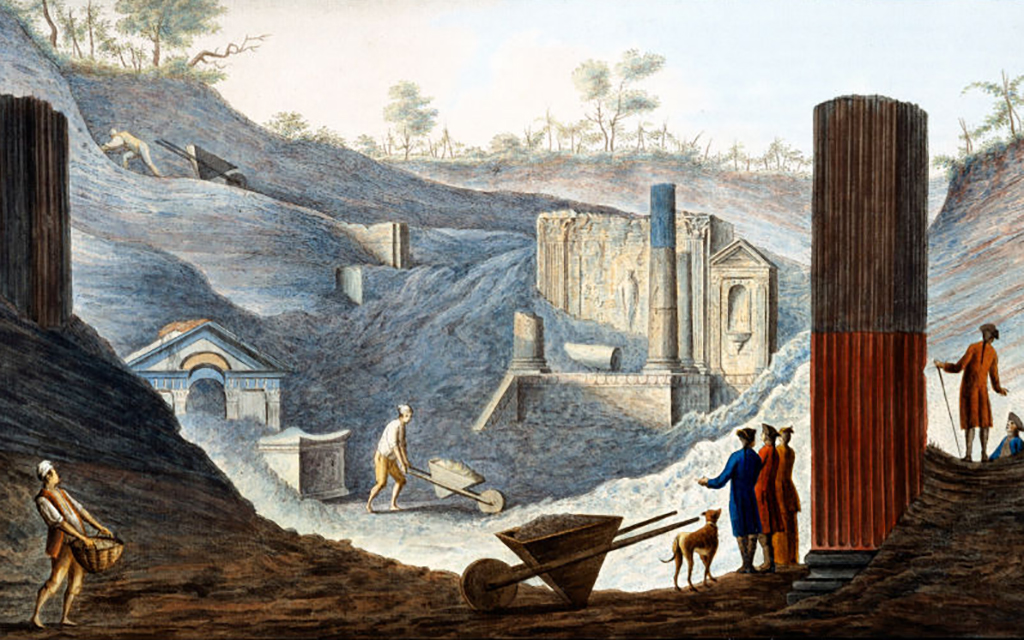
After the eruption, the destruction done to Pompeii and the surrounding area made it completely uninhabitable. While it could have been redeveloped if the Romans really wanted to take the time, they left the area as it was to save themselves the hassle. However, people came to see what had happened, especially looters.
Even though the city was buried under tens of feet of ash, people took advantage and grabbed whatever they could get their hands on. Many actually dug tunnels through the ash in order to get to some of the most expensive valuables left behind.
Pompeii Was Thoroughly Buried
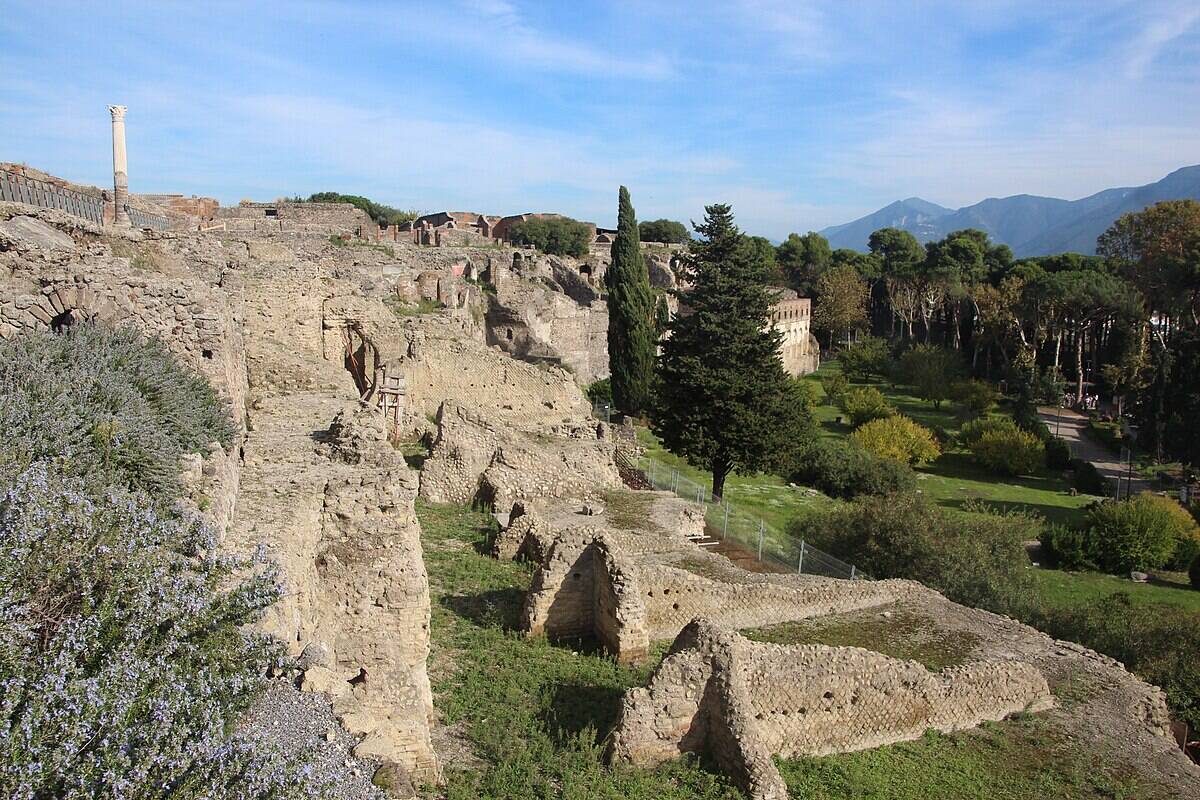
It took well over a thousand years to really start unearthing the ruins of Pompeii, which might seem absurd — after all, Pompeii is in an area of Italy that’s continually been inhabited. But given the context, it shouldn’t be too surprising that it took so long for archaeologists to start digging into Pompeii.
That’s because the cloud of falling pumice and ash buried the city — more or less immediately — in up to 20 feet of volcanic debris. While this hid Pompeii away for centuries, it also helped preserve the city, as it was more or less a time capsule of the year AD 79 when it was finally unearthed.
Past Eruptions Made The Soil Rich
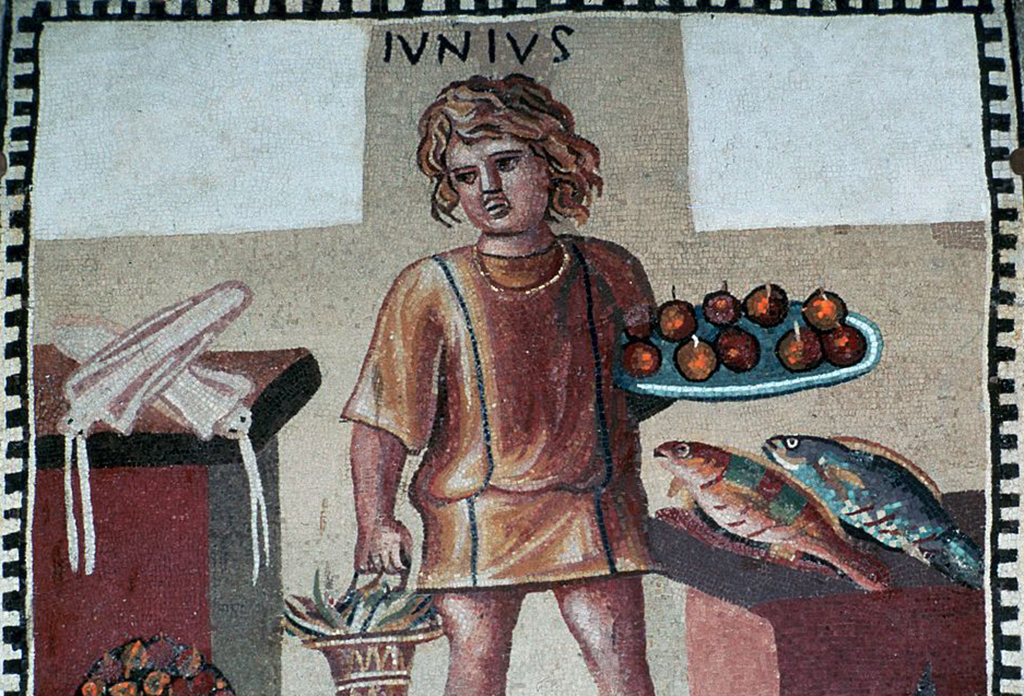
It is assumed that Pompeii was originally settled around the 7th century BC by the Oscans, a people from central Italy who founded five different villages in the surrounding area. During the 6th century, it began to flourish as a major port city, making it a prime area for both trade and farming.
However, the port wasn’t the only thing that made the area perfect from farming. The volcanic soil from past eruptions made the soil incredibly rich, perfect for grapes and olive trees. Little did they know what made the area so prosperous would be its downfall.
The Eruption Wiped Cities Off the Map
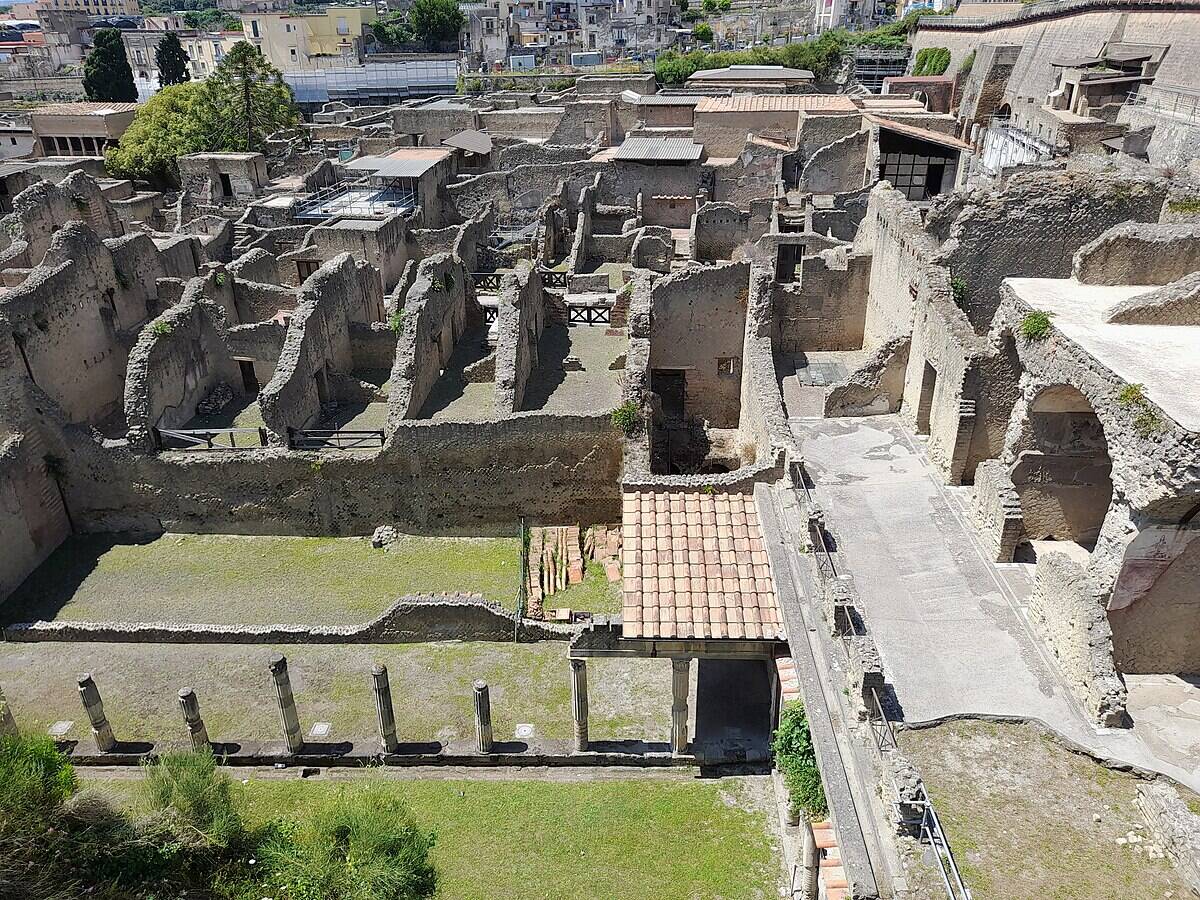
Medieval texts made vague references to the volcanic eruption, but the exact locations of both Pompeii and Herculaneum were unknown for centuries. After being buried in volcanic debris and built over with more modern projects, the ruins sat undisturbed until the 18th century.
In 1738, workers digging near Resina stumbled upon Herculaneum, and six years later, they found Pompeii as well. Early excavations were largely focused on looting until archaeologists began a systematic survey of both sites in the 19th century.
The iconic Plaster Bodies Are Full of Bones
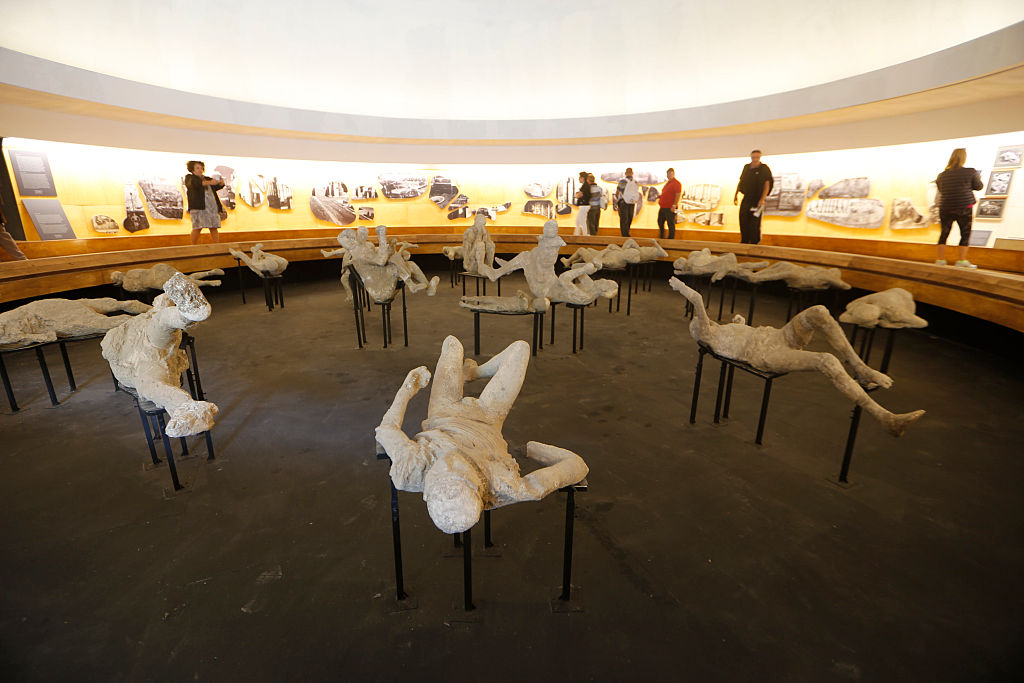
In an attempt to preserve the bodies found at Pompeii, a team poured plaster into the soft cavities of the ash around 30 feet from the surface. The cavities were the outlines of bodies from the exact spot where people had died, despite that the bodies had decomposed.
While many people believe that the plastic casts are empty and just outline the dead body, they in fact hold the deceased’s bones.
Herculaneum Was Even Better Preserved
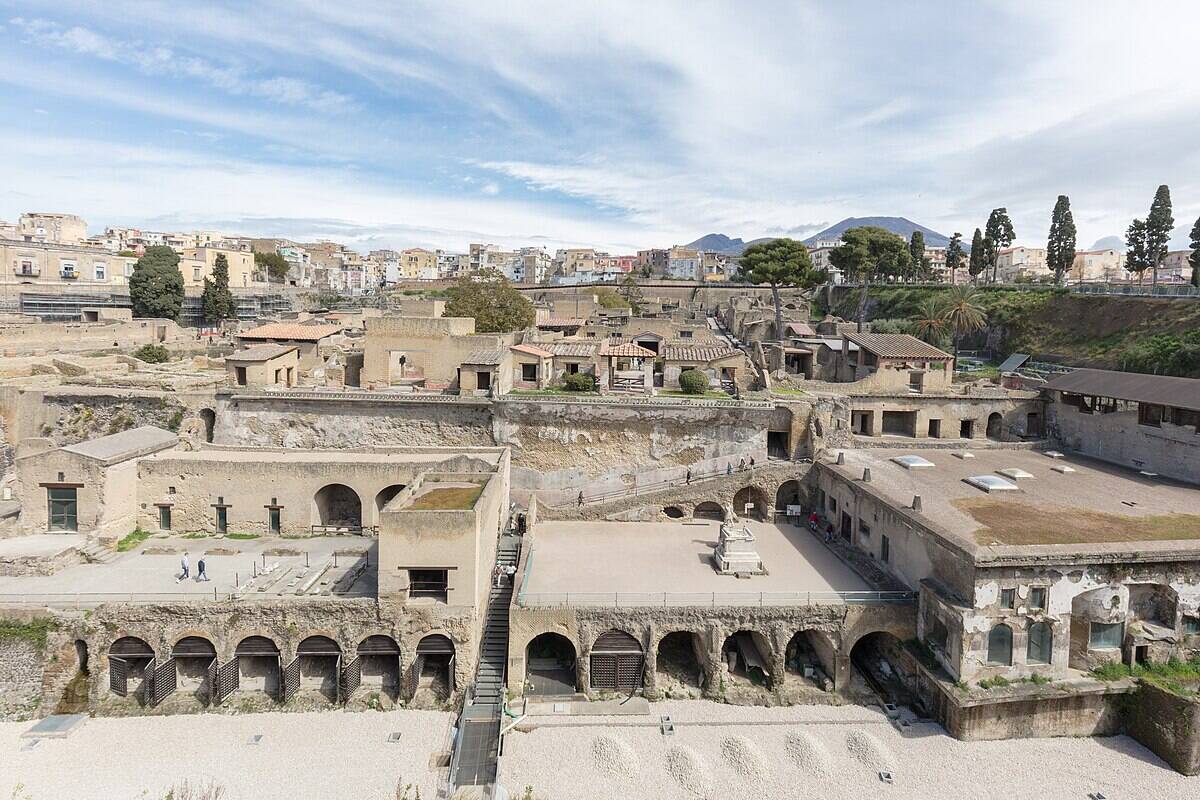
Pompeii and Herculaneum are often lumped together as they were both affected by the devastation eruption, but effects on these two nearby towns were quite different. While Pompeii was covered mainly in ash and pumice, Herculaneum was mostly buried by superheated pyroclastic flows.
These surges of ash, gas, and molten rock quickly hardened into a substance known as volcanic tuff. This preserved Herculaneum to a stunning degree, with multi-storey buildings, wooden beams, and even library scrolls preserved. Herculaneum was also buried more deeply, with its artifacts preserved under up to 66 feet of volcanic debris.
The Discovery Of Syphilis On The Bodies Changed History
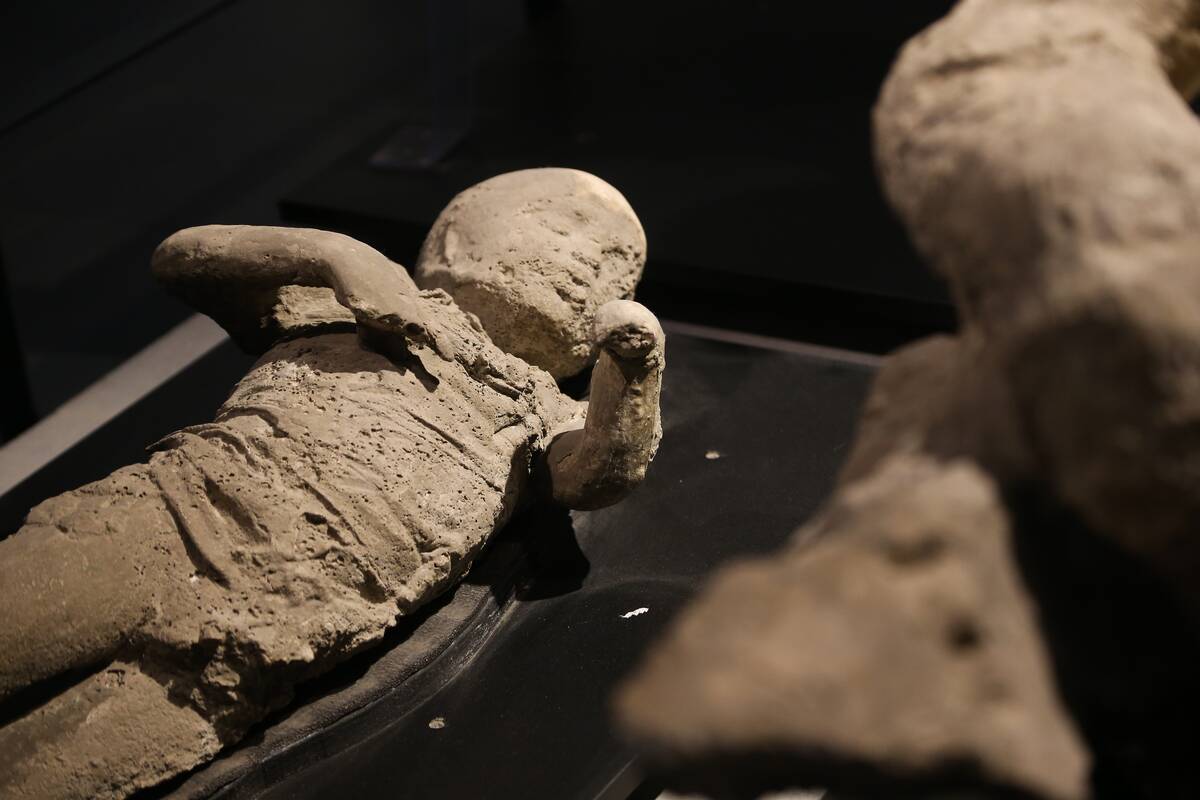
In the ancient world, surviving childhood wasn’t always a guarantee. Children could easily catch a disease and without the ability for proper treatment; they would often die. This was no different in Pompeii, and it was found that many of the children were inflicted with Siphilis.
However, the discovery of Siphilis in the bones of children not only showed it was a significant child-killer in the city but changed how we view the history of the disease. While many people believe that the Spanish brought syphilis from the Americas in the 1400s, the remains of the children in Pompeii prove it existed in Europe more than 1,000 years earlier than initially thought.
Pompeii Was An Advanced Town
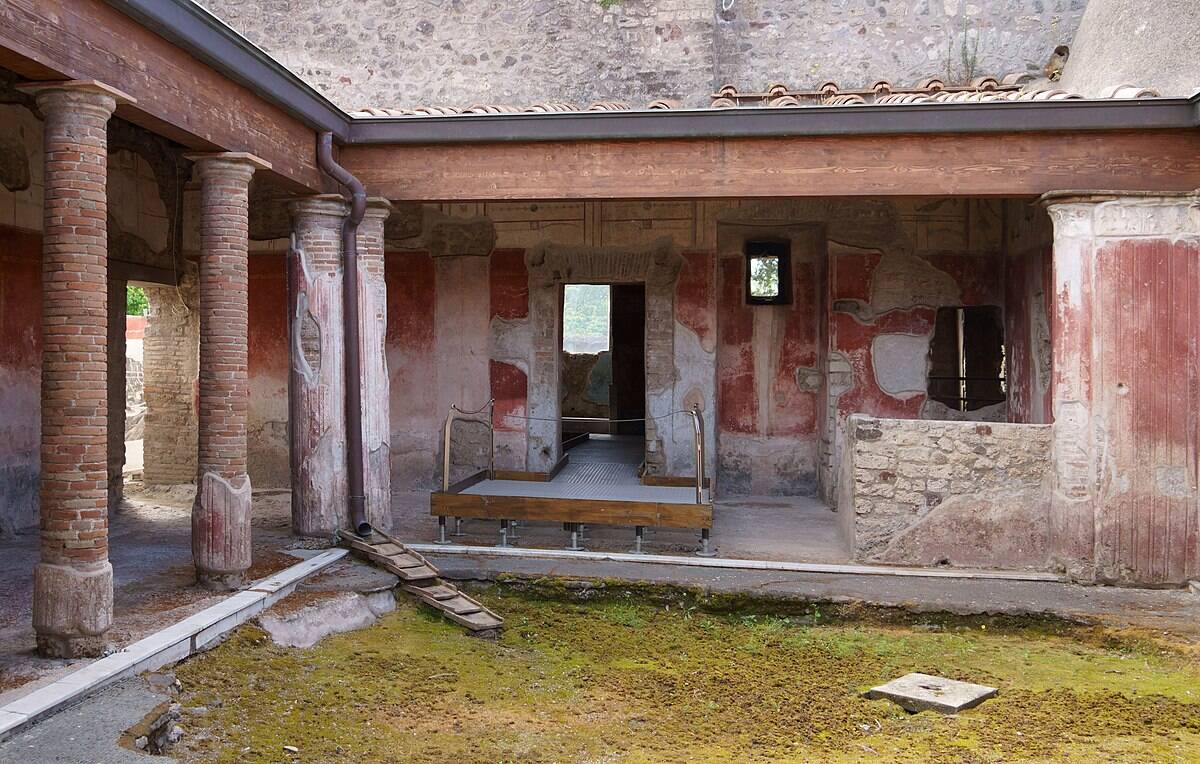
While Pompeii came to a quick and sudden end in AD 79, excavations at the site reveal that the city had a remarkably advanced urban infrastructure, complete with amenities like paved roads, public fountains, and even a sewer system that drained into the nearby Sarno River.
Houses were plumbed with lead pipes that carried running water, supplied by a system of aqueducts. Meanwhile, graffiti and election advertisements found on walls show that Pompeii had a bustling civic and cultural life.
There’s A Wide Variety Of Frescos Still Preserved
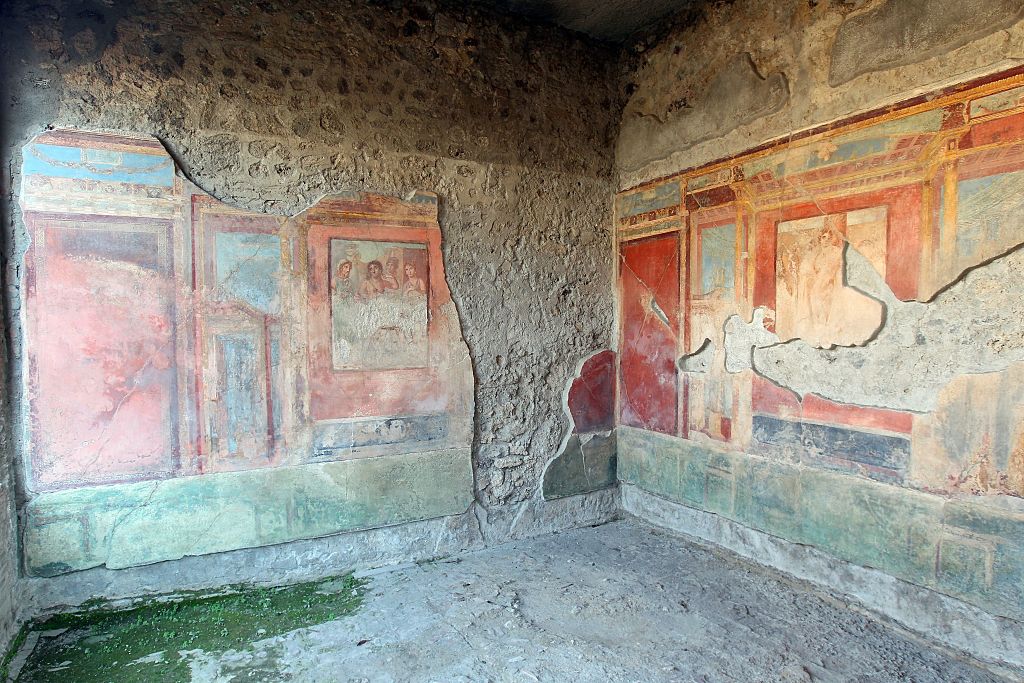
Walking through the streets of Pompeii, one can still see frescos, drawings, engravings, and graffiti covering the city. Interestingly enough, they aren’t much different than what you might find in a modern city today.
There are messages regarding who to vote for, advertisements, rumors, and even insults. However, there is also a fair amount of art, mostly advertising brothels, or adorning the walls of private homes. These frescos literally painted a picture of what someone was to expect in an establishment and acted as signs to lead the way.
It Was A Premier Resort For Rome’s Elite
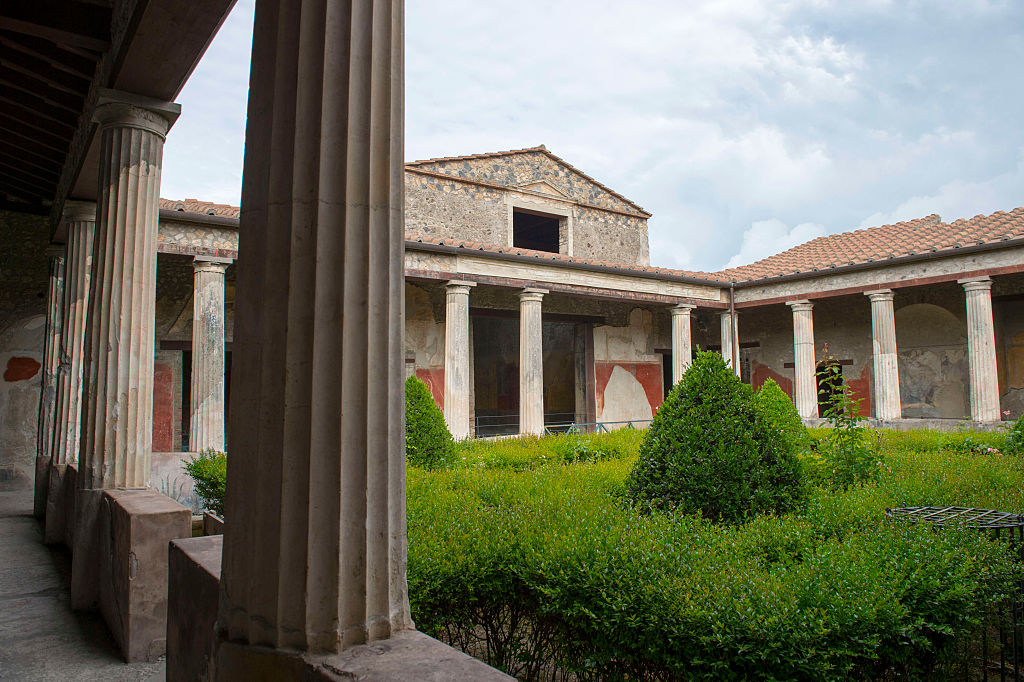
Located near the beautiful Bay of Naples, Pompeii was a popular attraction for affluent and powerful Romans who established private villas and houses all over the city. Here, people would take vacations and enjoy the pleasant weather, views, and the quaintness of the city.
Many of the villas and houses were covered in fine mosaics and sculptures, many of which are still preserved. In these wealthy villas, other artwork from around the world has been discovered from places such as India.
Many Citizens Sought Shelter
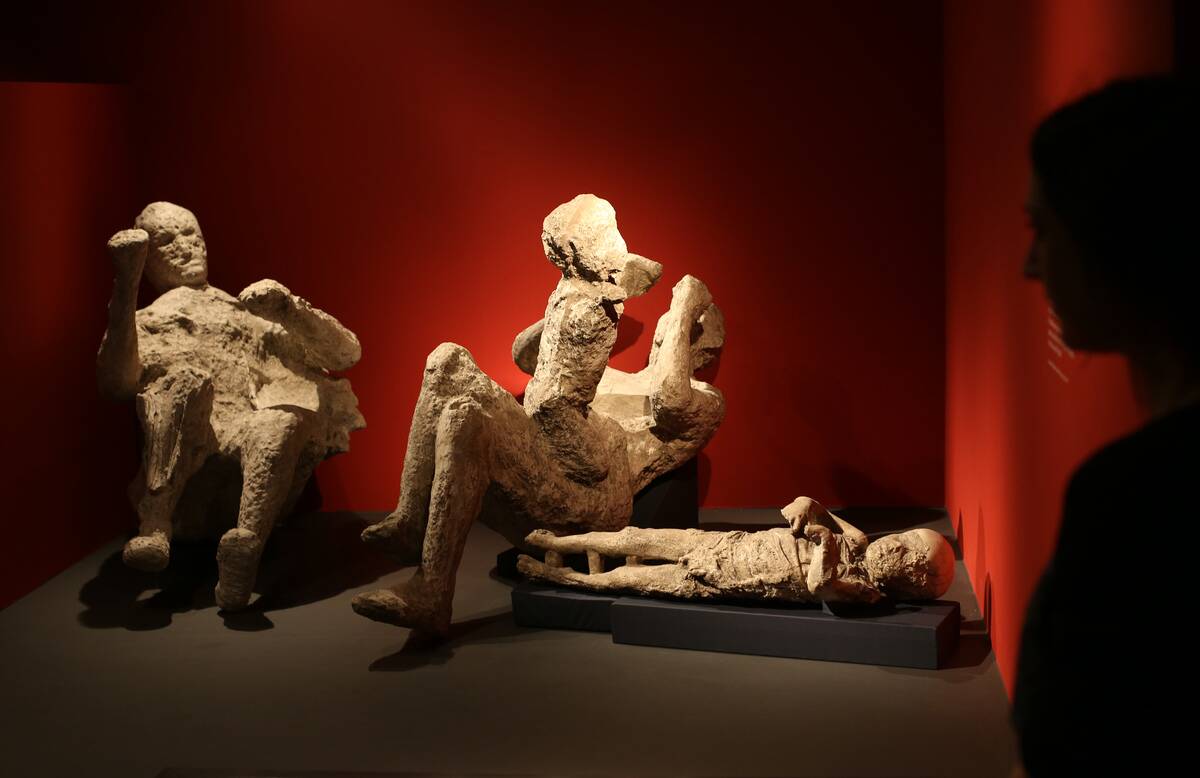
The remains of victims found at both Pompeii and Herculaneum show that many residents, unable to flee their cities, opted to shelter in place, possibly in the vain hope that the dust cloud was merely a passing storm.
In Herculaneum, over 300 skeletons were found huddled in boat storage areas near the shoreline, which suggests that they were hoping to be rescued by sea.
The Original Date Of The Eruption Might Be Wrong
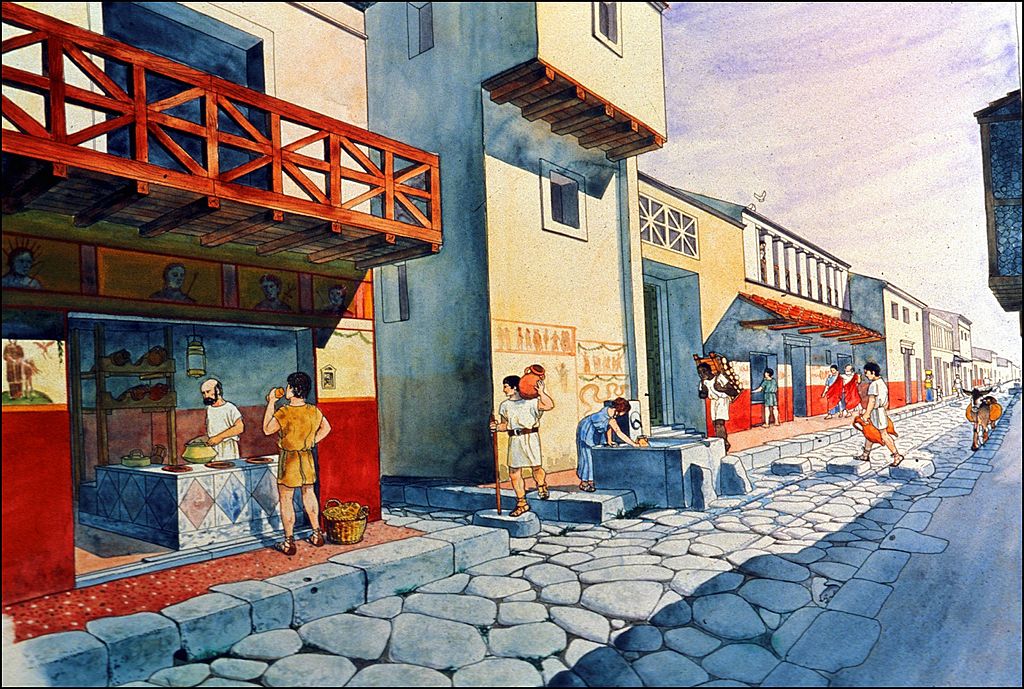
Initially, researches assumed that the eruption of Mount Vesuvius took place around 1 PM on August 24, 79 AD. However, recent discoveries have shown that the date might be wrong. A charcoal inscription found in 2018 has led some to believe that the catastrophe actually occurred around October or November.
One piece of evidence is that the people buried under the ashes are wearing heavier clothes rather than the lighter clothing worn during the summer months. Furthermore, the fresh fruit and vegetables found are typical for the month of October. On top of that, the wine fermenting jars had been sealed, something else that would have occurred during that time of the year.
Pliny the Elder Attempted a Rescue Mission
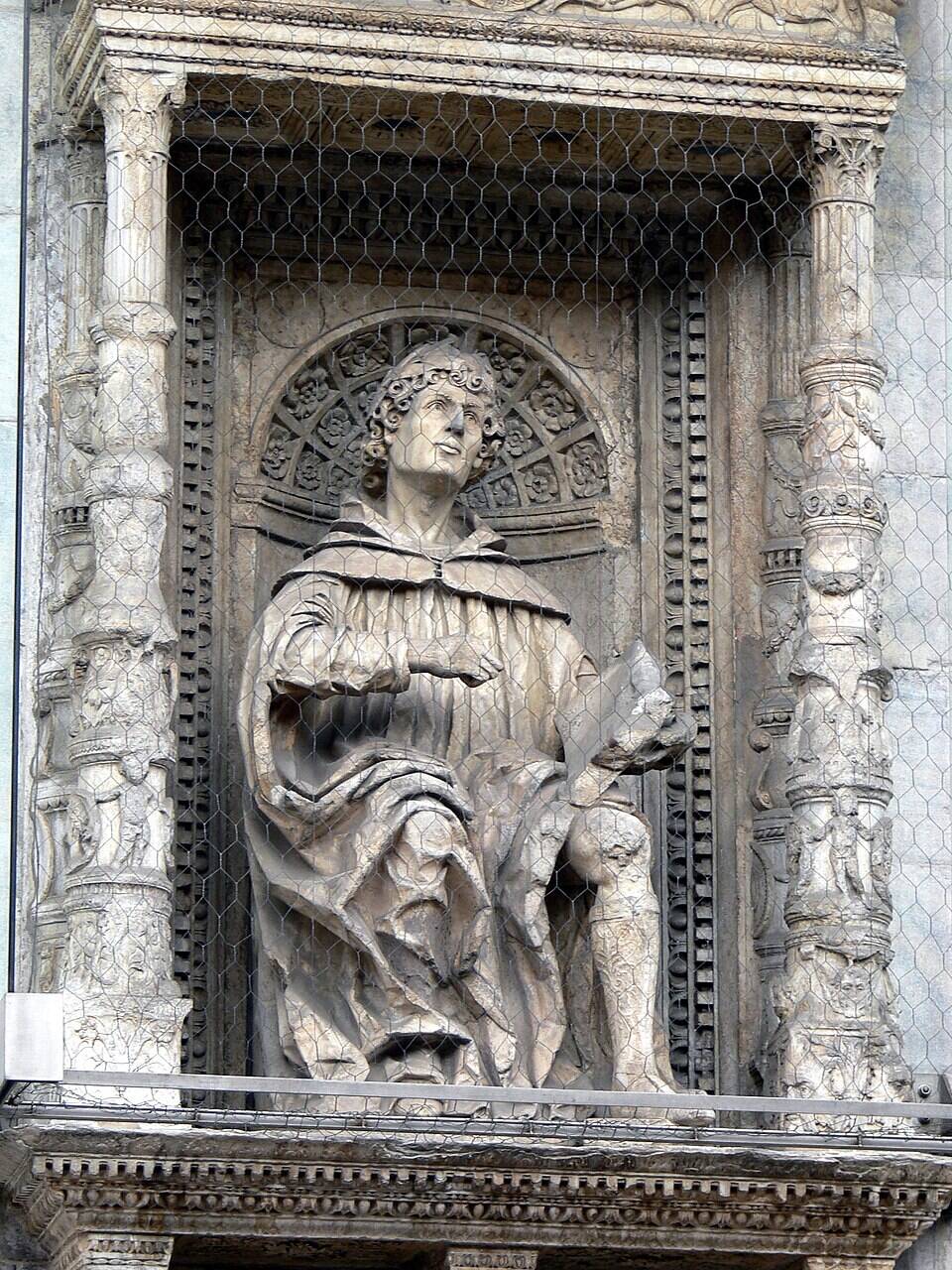
Roman author, naturalist and military veteran Pliny the Elder witnessed the eruption from across the Bay of Naples, and promptly set sail with ships to assist survivors and investigate the eruption more closely.
He came ashore near Stabiae, where he and his comrades were overwhelmed by toxic gases and ashfall. While he perished, his death marked one of the earliest recorded fatalities in a natural disaster tied to a scientific mission.
There is An Eyewitness Account Of The Eruption
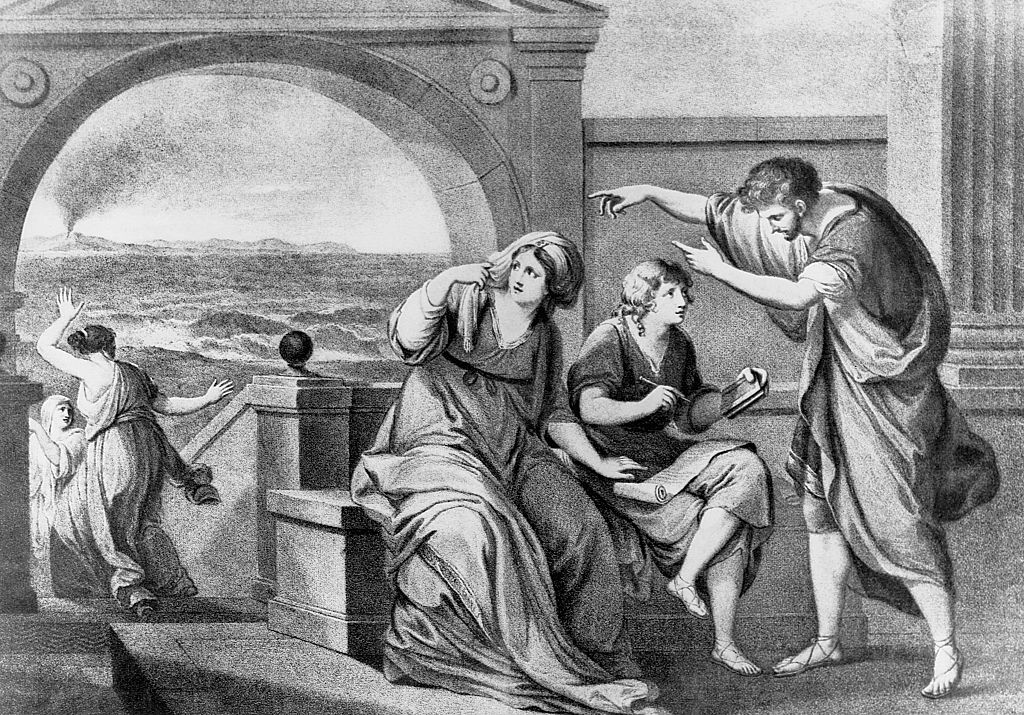
Pliny the Younger, nephew of Pliny the Elder, a philosopher, author, and naval commander, provides a first-hand account of the eruption. Although written 25 years after the event, he describes the eruption from his location across the Bay of Naples at Misenum.
He recounts that twelve hours after the initial eruption, he saw an avalanche of hot gas, ash, and rock, avalanche down the side of the volcano towards Pompeii. Unfortunately, an admiral of the fleet, his uncle died attempting to cross the bay in order to assist in evacuating the people of Pompeii.
The First Recorded Discovery

Although the city was looted not long after it was buried, it was left alone for the most part. However, it was rediscovered in 1592, when there was an attempt to dig an underground tunnel to divert the river Sarno. During the process, the diggers ended up running into ancient walls covered in paintings and mosaics.
Architect Domenico Fontana was called to the scene, where he unearthed more frescos, only to cover them back up again. It is assumed that Fontana reburied what he had found to leave for further discovery or to hide the images found on the walls, which would have gone against counter-reformation Italy.
Some Victims Were Vaporized Instantly
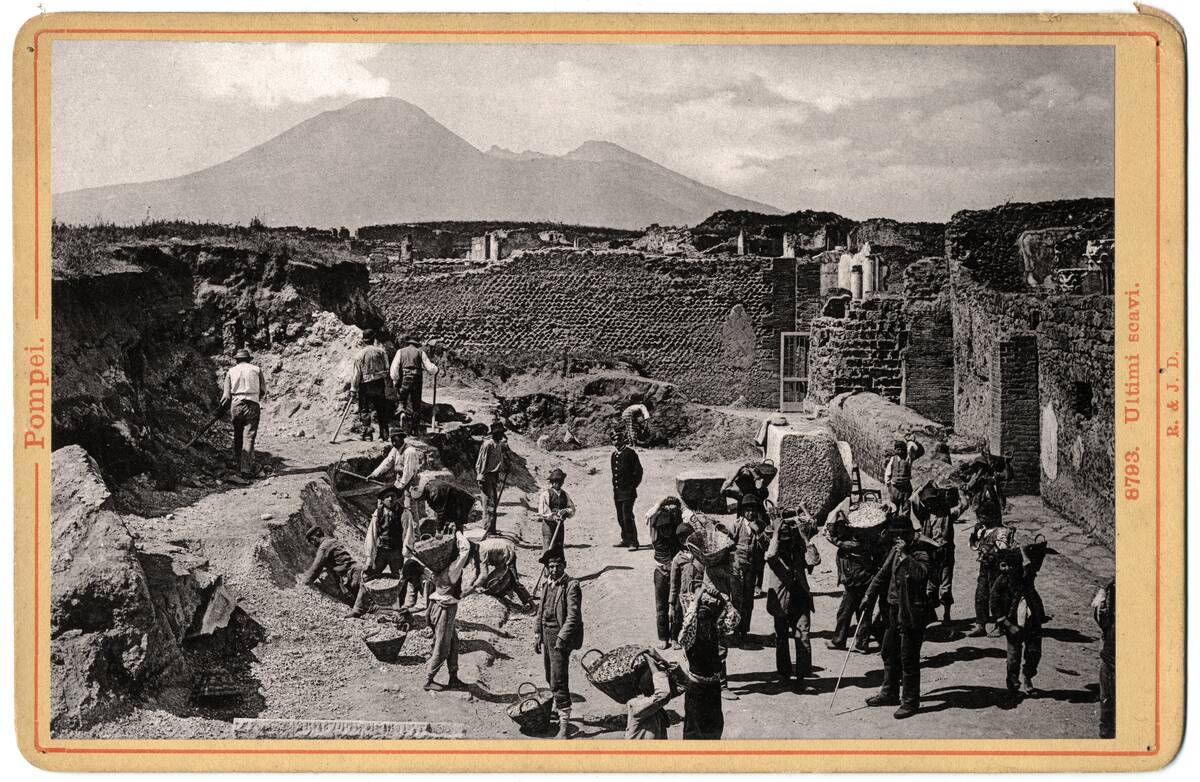
The intensity of the pyroclastic surges that swept through Herculaneum is almost impossible to fathom, to the point that the evidence suggests some victims were killed in a fraction of a second by superheated gas.
Skeletal remains show that some victims, particularly those found in boat houses near the shore, died of instantaneous thermal shock. In some cases, skulls were found with explosive fractures and dark residue, suggesting that they brains may have boiled or even vaporized.
The Citizens Of Pompeii Didn’t Fear The Volcano
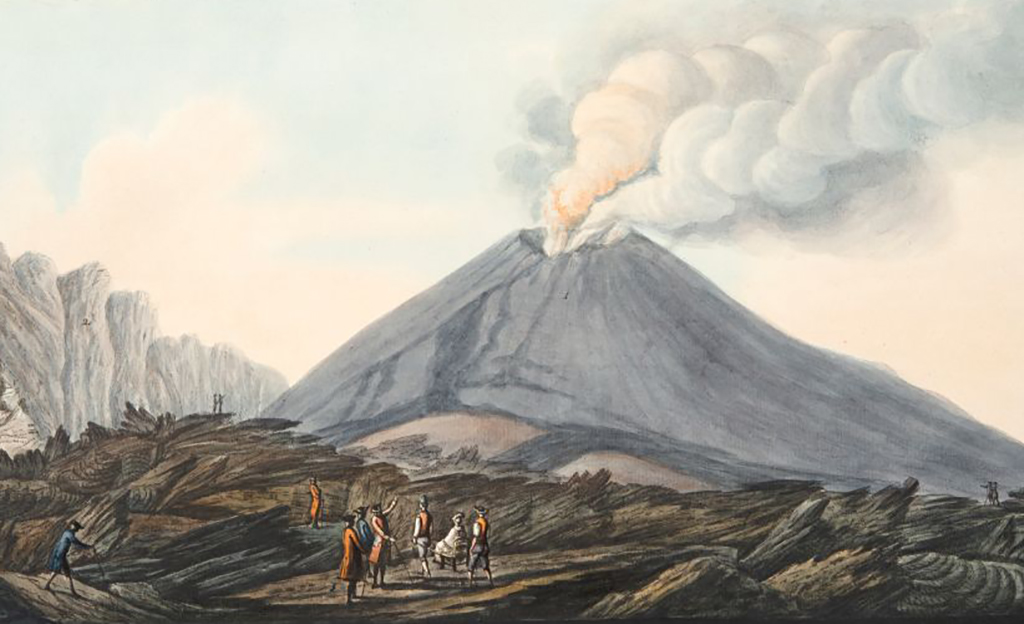
While it might be understandable that the people of Pompeii would fear the sleeping giant that they resided under, that wasn’t the case. In fact, it was seen as any regular mountain that was full of wood and had fertile soil.
A common belief was that Vesuvius even had divine origins, possibly devoted to Hercules and that its name derives from the Greek version of “the son of the man who makes it rain,” a reference to Zeus. However, they never imagined that their divine mountain would lead to their destruction.
Women Were Held in High Regard In Pompeii
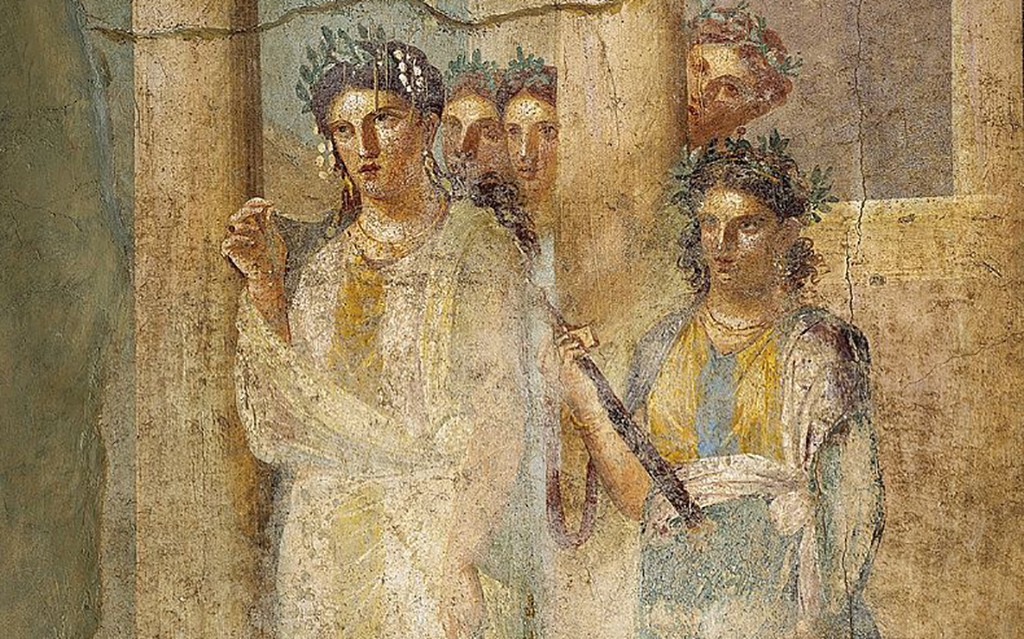
It’s no secret that during the Roman era, a woman’s main purpose was to get married and reproduce. In Pompeii, however, women were treated much differently and were respected citizens. They were allowed to freely socialize, hold leadership positions, and even own their own business.
Many of them devoted their time to studying art and literature, and if their husbands went to fight in a war, they inherited their wealth and property. One woman, Giulia Felice, became one of the most powerful women in the city after she bought a series of properties and turned them into ancient versions of a hotel.
Pompeii’s Graffiti Reveals Roman Humor
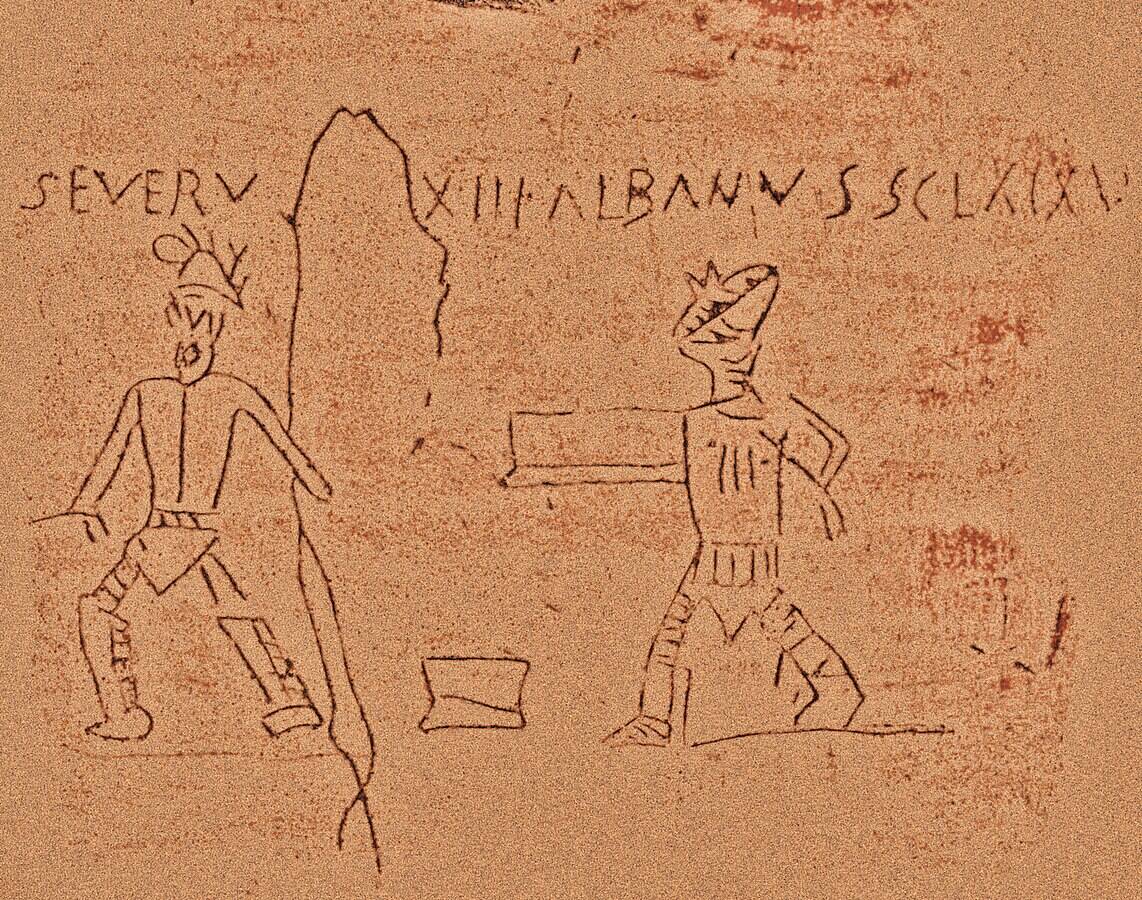
The abundance of ancient graffiti found in Pompeii gives a certain immediacy to what life must have been like in the first century AD. Messages ran the gamut from political endorsements to jokes to proclamations of love.
One tavern wall reads, “Celadus the gladiator makes the girls sigh.” They provide a fascinating example of informal writing — a relative rarity, as most ancient texts were written by scholars.
Artifacts Were Preserved For Thousands Of Years

After Pompeii had been buried beneath a dense layer of ash, it remained untouched for almost 2,000 years. The reason the city was so well-preserved was the lack of air and oxygen, which allowed the object to remain underground with little to no deterioration.
Although the discovery has provided us with insight into how the people of Pompeii lived, it has also created some problems. Since it has been excavated, many of the artifacts have become at risk due to light exposure, water damage, tourism, vandalism, and poor excavation techniques.
People Did Not Turn To Stone
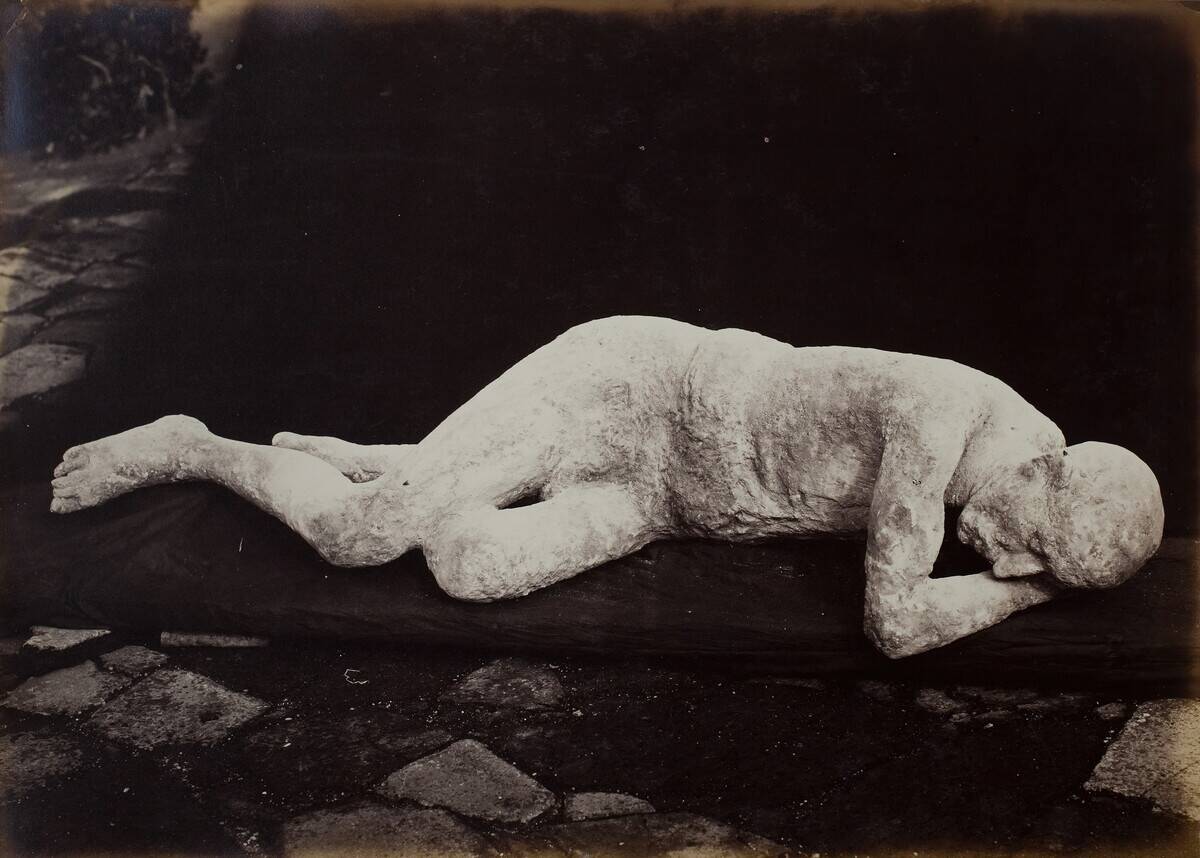
Sadly, many people did not make it out of Pompeii when the volcano erupted. They were stuck and turned to stone. At least, that is what people originally thought while studying the disaster throughout the years.
The truth is the victims of the disaster were covered in debris. After time passed, those bodies decomposed, leaving a casing of their form. During some of the first excavations of the site, these hollow cavities were filled with plaster to form casts and get an accurate representation of what the people looked like.
There Are Major Conservation Efforts

Because the city and its artifacts are slowly and surely decaying since being unearthed, researches and archaeologists have made strides to protect as much of it as they can. In 1996, the site was included in the Monuments Watch by the World Monuments Fund and once again in 1998 and 2000. Currently, most of the funding going into the site goes towards conservation more than anything else.
At the moment it’s a top priority rather than continuing to excavate the area. In 2013, UNESCO declared that if restoration and preservation efforts “fail to deliver substantial progress in the next two years, Pompeii could be placed on the List of World Heritage in Danger.”
The Way The Bodies Are Positioned Can Give Clues As To How They Died
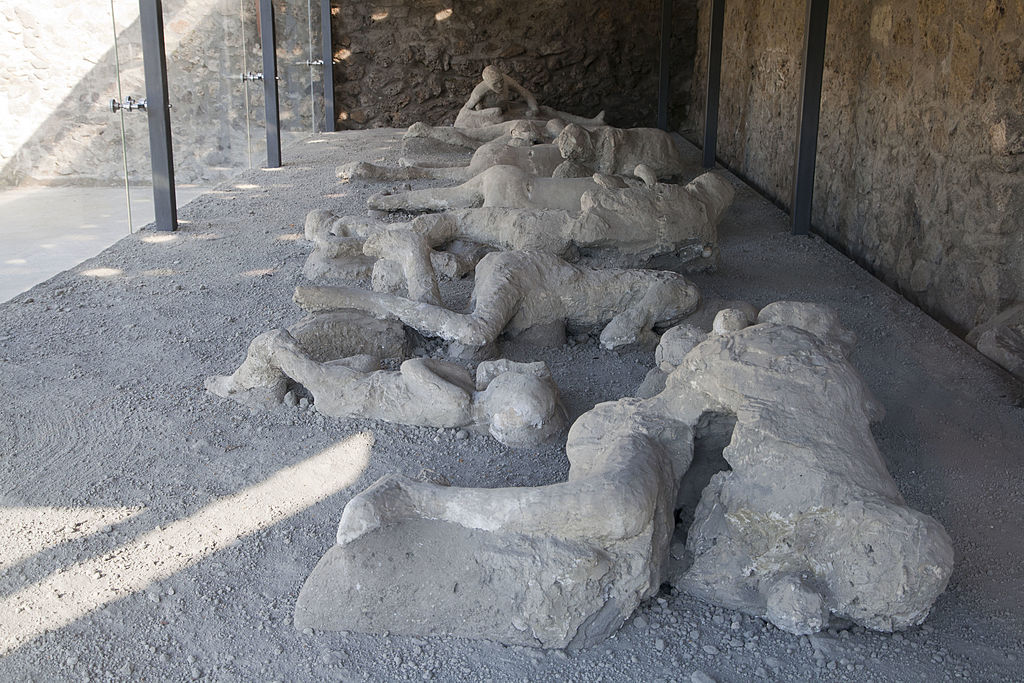
One of the most fascinating aspects of Pompeii was the discovery of all the bodies, lying in the exact positions that they died in. However, what was particularly interesting is how many of them died in a fetal position. It is assumed that this is because many of them suffocated when the hot gasses blasted through the city.
From other people’s positions, researches concluded that they were killed by a collapsing roof due to the excess amount of pumice that had piled up. Another positioned they noticed was much more casual which possibly means they died extremely quickly from the immense heat.
CT Scans Have Altered Some Legends
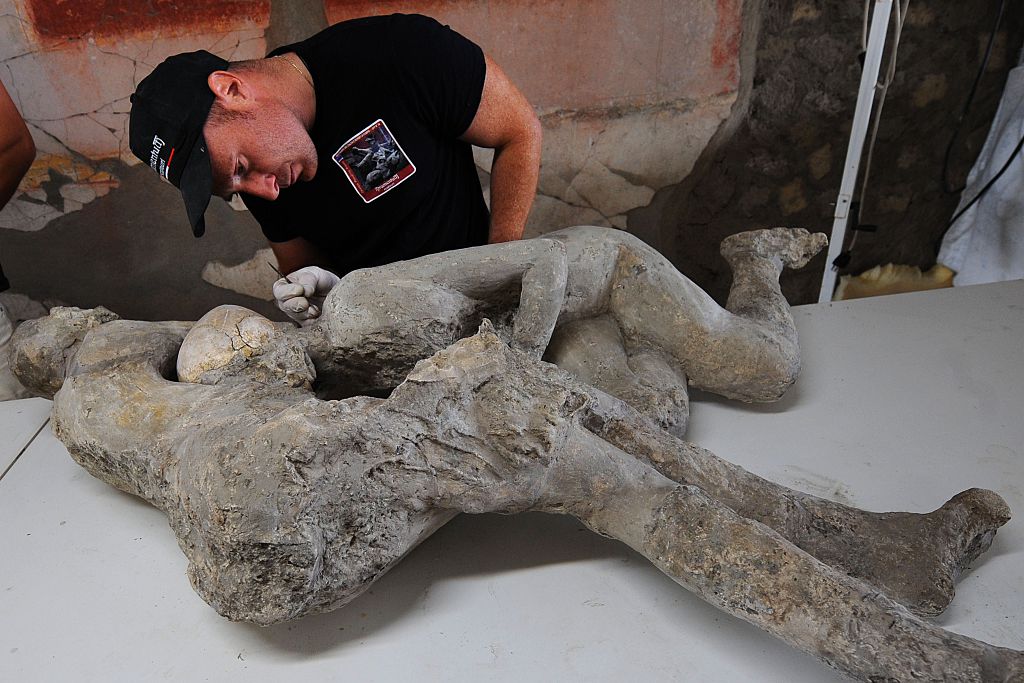
Back when Pompeii was first being seriously excavated during the Victorian era, people began to come up with stories about the positioning of the bodies to add some drama to the situation. However, these stories are misleading. One of these tales involves what appears to be a pregnant woman who is embracing her lover as they were both buried and suffocated by ash.
The supposed couple became known as the “Two Maidens.” However, modern Ct scans have revealed that the story couldn’t be further from the truth. Neither of the individuals was pregnant and they were both most likely men.
The Cult Of Isis Was Popular In Pompeii

Aside from the temple dedicated to the Egyptian god Isis in Pompeii, depictions, and statues of Isis have been found in more than 20 houses, alongside more common Roman gods. At the time, the Cult of Isis was considered to be a threat to traditional Roman beliefs, so it wasn’t necessarily the most popular of religions.
However, it appears that in Pompeii, it wasn’t all that taboo. Yet, one explanation as to why the cult of Isis was popular in Pompeii is that Isis is the patron goddess of the sea, and Pompeii was located by the sea.
Mount Vesuvius’ Eruption Wasn’t A Total Surprise
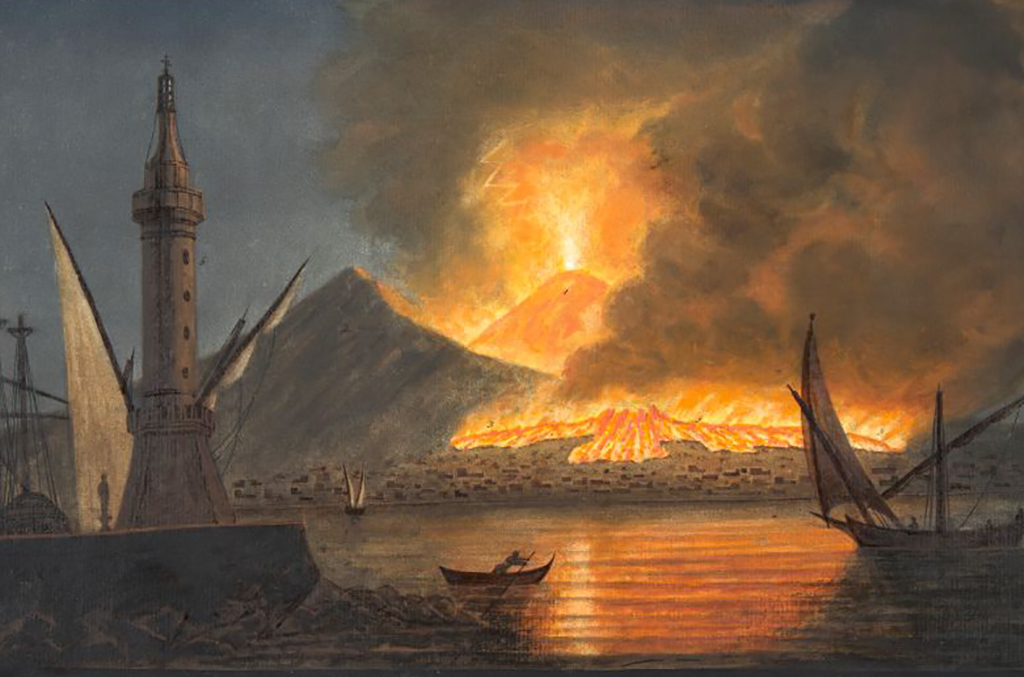
Even though eyewitness Pliny the Younger claims that the eruption came out of nowhere, it’s a myth that it was completely unexpected. Apparently, there was a fair amount of seismic activity leading up to 79 AD. In 62 AD, there had been an extremely powerful earthquake that destroyed numerous parts of the city, even causing some people to leave from the area for good.
Then, in the days leading up to the eruption, there were numerous other quakes. Although most people might assume that a series of earthquakes might be because of the volcano they were next to, the people living in the area had become used to them.
The Eruption Of Mount Vesuvius Was Not Closest To The Deadliest in History
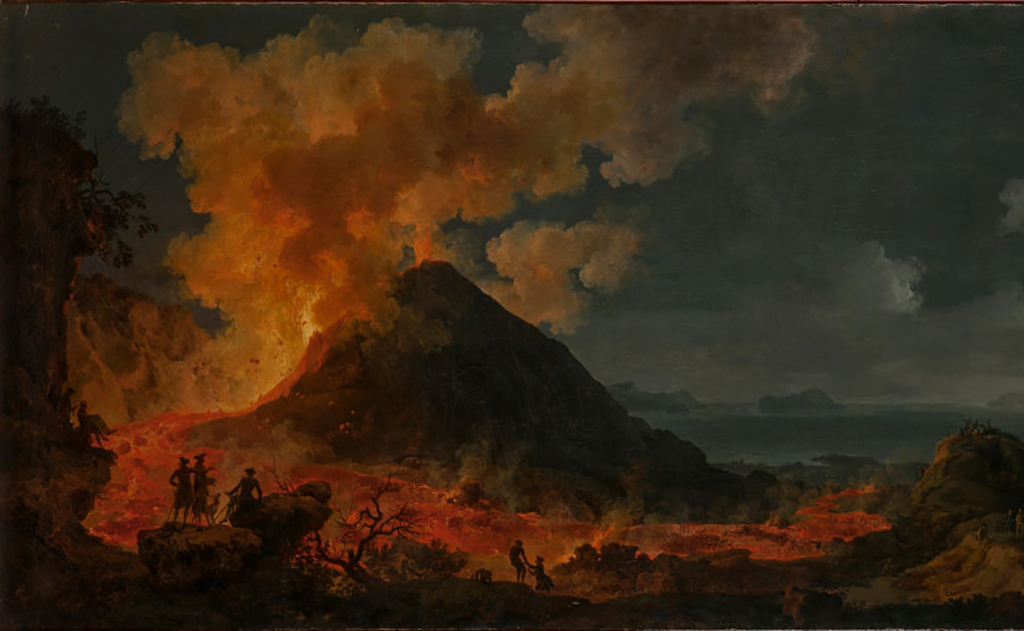
Although the eruption of Mount Vesuvius may be one of the more well-known eruptions in history, it’s far from the deadliest. While some believe only a few thousand died, others claim that the numbers reach to around ten thousand. Even if that was the case, the eruption would still barely make into the top 5 deadliest volcano eruptions in history.
In the 1972 eruption of Mount Uzen in Japan, the explosion on top of a landslide and tsunami took the lives of over 15,000 people. The eruption of Mount Krakatoa in Indonesia in 1883 killed more than 36,000. What makes Pompeii so enticing is the previously undiscovered city.
Vesuvius Is Mainland Europe’s Only Active Volcano
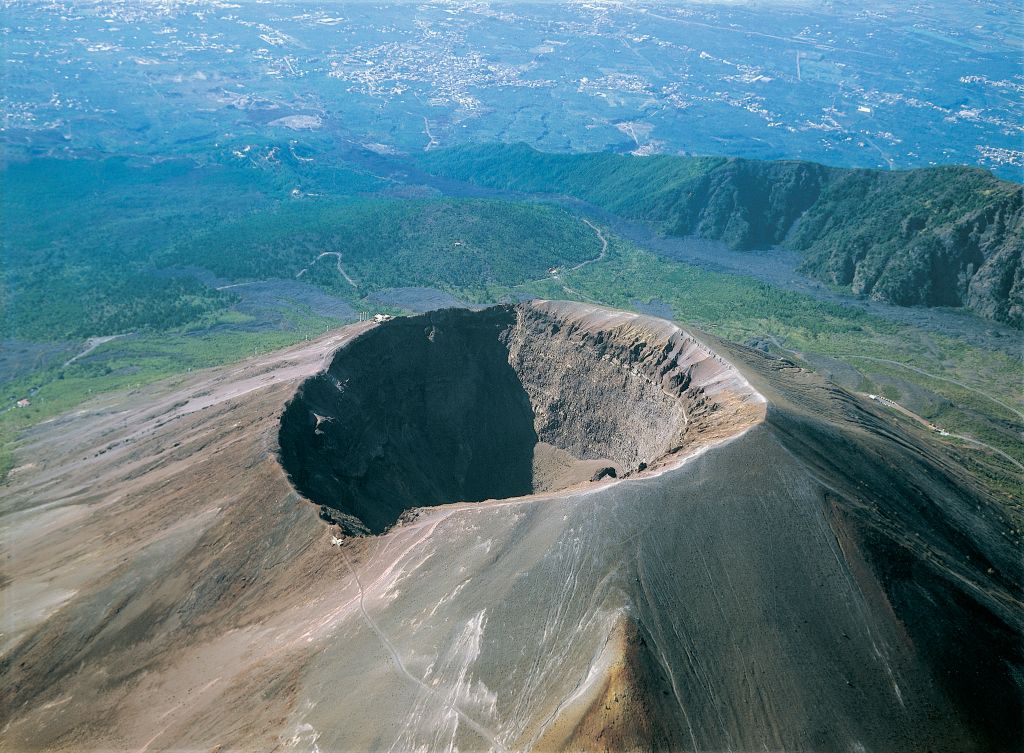
Currently, Mount Vesuvius is mainland Europe’s only active volcano. it has consistently been erupting over the years with its last eruption taking place on March 1944. With Vesuvius only being 5 miles away from Naples, it puts 3 million people at risk, although modern technology will help predict when it will erupt once again.
Its first eruption is believed to have occurred 20,000 years ago, known as the Avellino eruption, which engulfed Bronze Age settlements. Of the many times after that, Vesuvius has erupted at least 36 times since the decimation of Pompeii and will continue to do so in the foreseeable future.
There’s Much Left to Discover
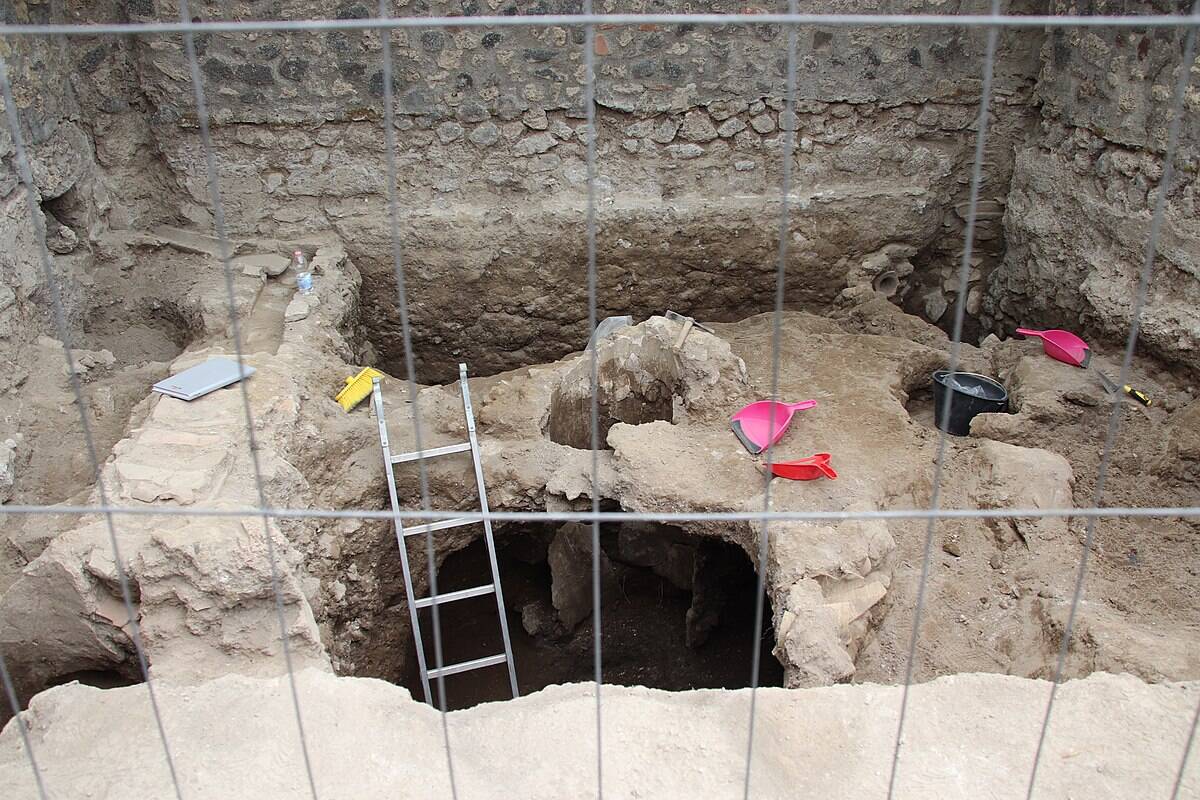
After nearly three centuries of near-constant excavation, it would seem that Pompeii and Herculaneum would be thoroughly unearthed by this point — but that couldn’t be further from the truth. Only two-thirds or so of Pompeii has been fully uncovered, and even less has been unearthed from Herculaneum.
Newer techniques, including ground-penetrating radar and 3D mapping are helping to reveal some of these uncovered areas without disturbing the layers above.



